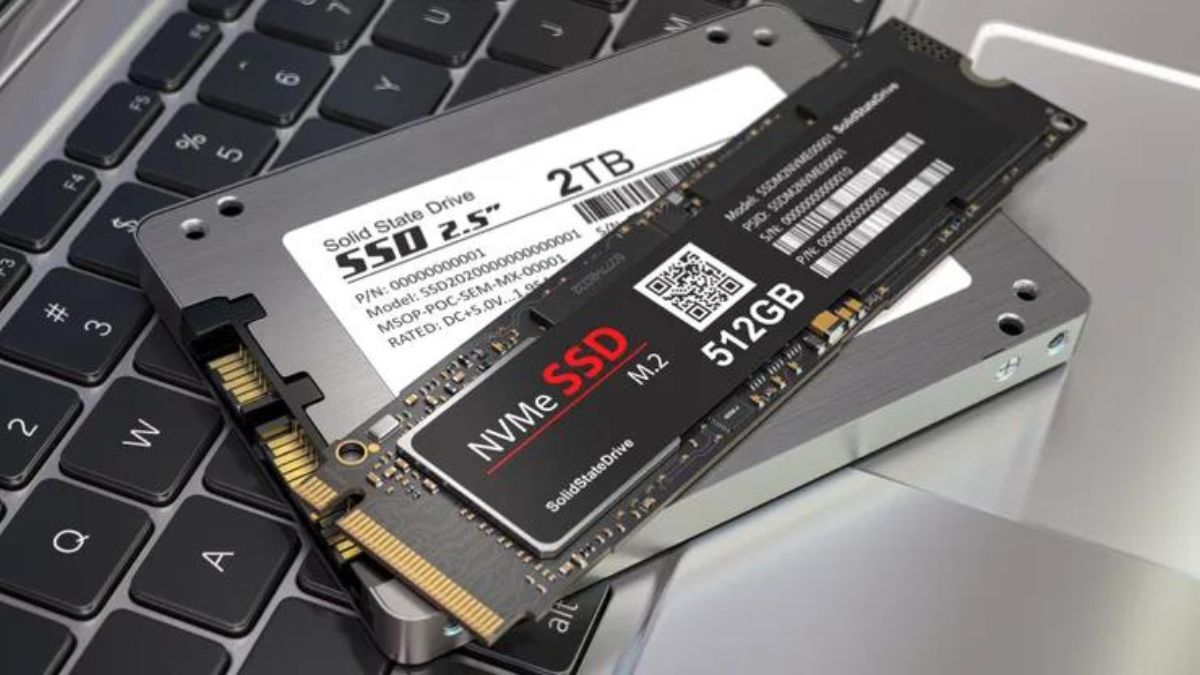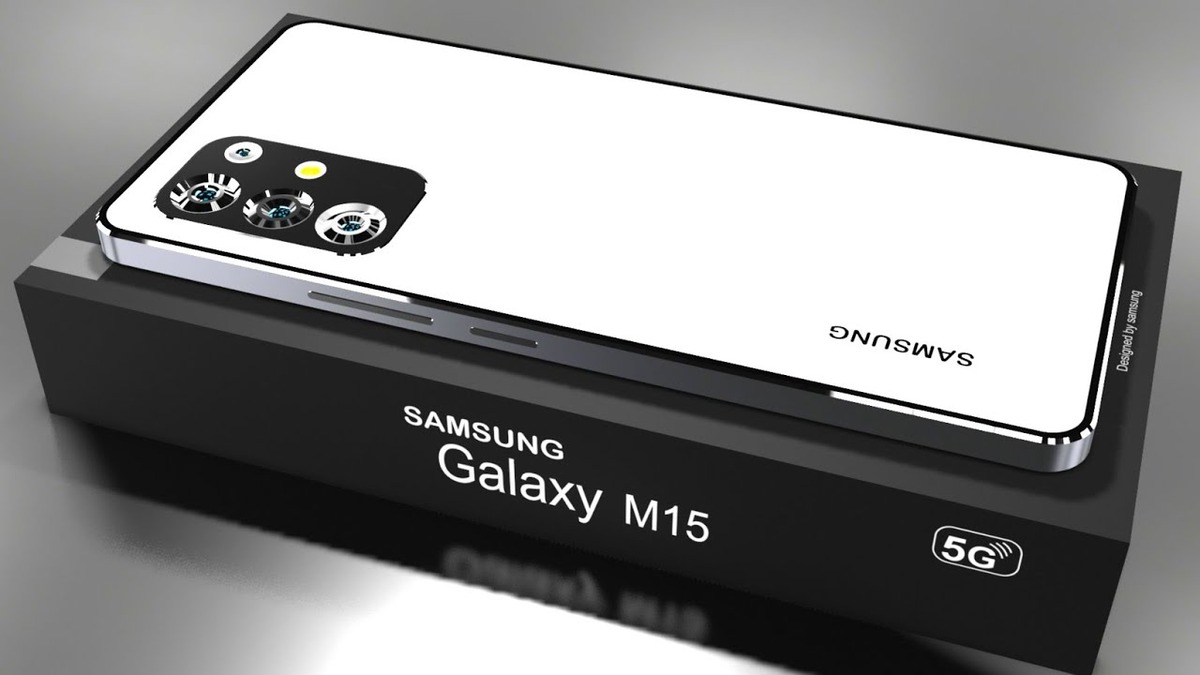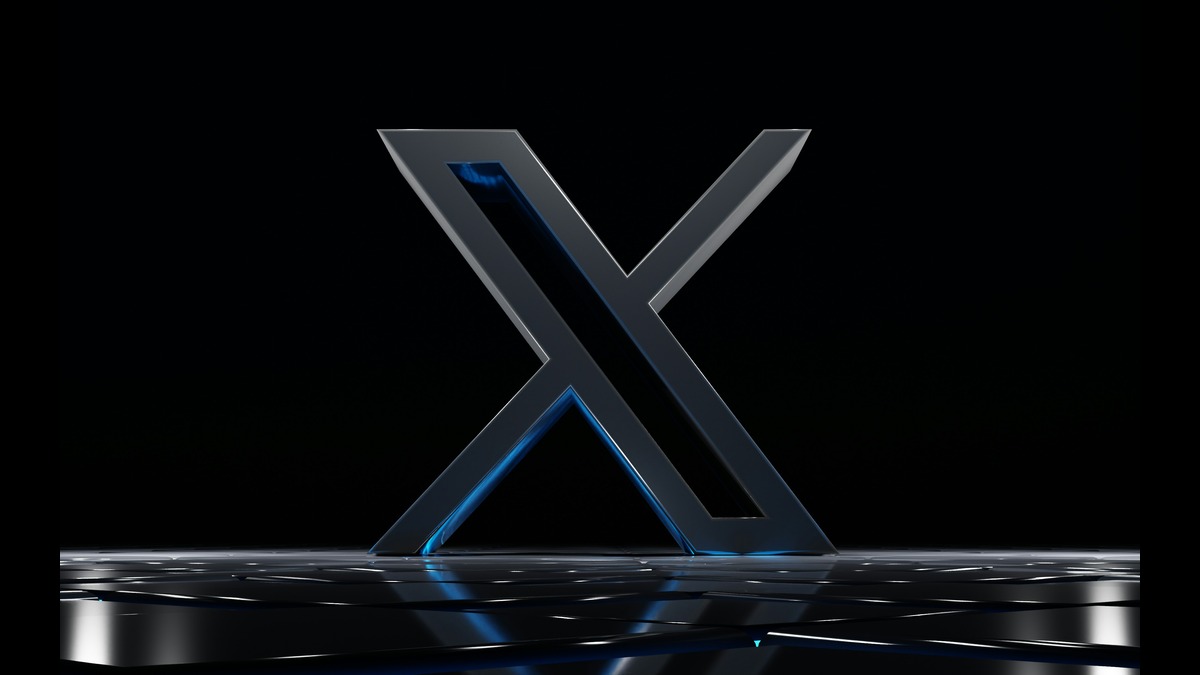What is an Average Lifespan Of an SSD?
May 03, 2023 By Prelo Con

(Image Credit Google)
Photo Credit: ZDNet
The primary worry, apart from cost, when large-scale flash storage initially entered the consumer market as a substitute for traditional hard drives was durability. Hard drives' overall dependability was relatively well-known to tech enthusiasts, but solid-state drives (SSDs) were still a bit of a mystery.
The typical lifespan of SSD (Solid State Drive) for several years before failing under normal circumstances. Long before your SSD fails, you'll probably need to replace other aged components like your GPU or CPU.

Photo Credit: TechAdvisor
The bad news here is that SSDs tend to fail more frequently with time rather than, as previously thought, with extended data reading and writing. It's vital to receive a quick refresher on some of the more technical jargon related to SSDs before we move on to some of the testing:
MLC and SLC: Multi-Level Cell memory is less expensive and slower; it is typically used in SSD drives for consumer use. In enthusiast- and enterprise-grade SSDs, single-level cell memory is speedier and theoretically less prone to data loss.
Memory Block: A section of the flash drive's actual memory. Your computer cannot access or only has limited access to a "bad block," which results in less storage being available than is advertised and the possibility of read and write failures for files and software.
Lifespan of an SSD
Before there is a significant chance of failure, your standard SSD will last several years under normal household use. The amount of data written to the drive, its age, and the surrounding environment are all major determinants of how long it will last.
Technical Facts
The reliability of SSD drives is typically evaluated by SSD providers based on three criteria: the disk's standard age (like any warranty), the total number of terabytes written over time, and the amount of data written to the drive per unit of time, such as a day. It goes without saying that using these three separate benchmarks will produce a range of results depending on the technique. And the user should understand something from the very fact that there are three very flimsy standards for what constitutes "wear" on a digital component: it is more or less impossible to forecast with any degree of accuracy when a given SSD will fail. We can only provide a very rough estimate of the maximum amount of data that can be retained before utilizing the disk puts you in danger of losing all of your data and your machine immediately.

Photo Credit: TechAdvisor
SSD Lifespan Studies
Many investigations have been conducted in an effort to pinpoint the lifespan of solid-state memory.
A collaboration between Google and the University of Toronto looking at data server drive failure rates. The study came to the conclusion that the SSD's physical age, not the volume or frequency of data written, is the main factor influencing the likelihood of data retention mistakes. It also found that, in Google data centers, SSD drives were replaced on average one to four times less frequently than traditional hard drives. It wasn't all good news for SSDs, though; throughout the course of the four-year testing period, they exhibited greater rates of non-correctable mistakes and faulty blocks than hard drives.
Conclusion: SSDs will outlast hard drives in a high-stress, fast-read environment, but they will be more prone to non-catastrophic data mistakes.
By Prelo Con
Following my passion by reviewing latest tech. Just love it.


 Photo Credit: TechAdvisor
The bad news here is that SSDs tend to fail more frequently with time rather than, as previously thought, with extended data reading and writing. It's vital to receive a quick refresher on some of the more technical jargon related to SSDs before we move on to some of the testing:
MLC and SLC: Multi-Level Cell memory is less expensive and slower; it is typically used in SSD drives for consumer use. In enthusiast- and enterprise-grade SSDs, single-level cell memory is speedier and theoretically less prone to data loss.
Memory Block: A section of the flash drive's actual memory. Your computer cannot access or only has limited access to a "bad block," which results in less storage being available than is advertised and the possibility of read and write failures for files and software.
Photo Credit: TechAdvisor
The bad news here is that SSDs tend to fail more frequently with time rather than, as previously thought, with extended data reading and writing. It's vital to receive a quick refresher on some of the more technical jargon related to SSDs before we move on to some of the testing:
MLC and SLC: Multi-Level Cell memory is less expensive and slower; it is typically used in SSD drives for consumer use. In enthusiast- and enterprise-grade SSDs, single-level cell memory is speedier and theoretically less prone to data loss.
Memory Block: A section of the flash drive's actual memory. Your computer cannot access or only has limited access to a "bad block," which results in less storage being available than is advertised and the possibility of read and write failures for files and software.
 Photo Credit: TechAdvisor
Photo Credit: TechAdvisor






